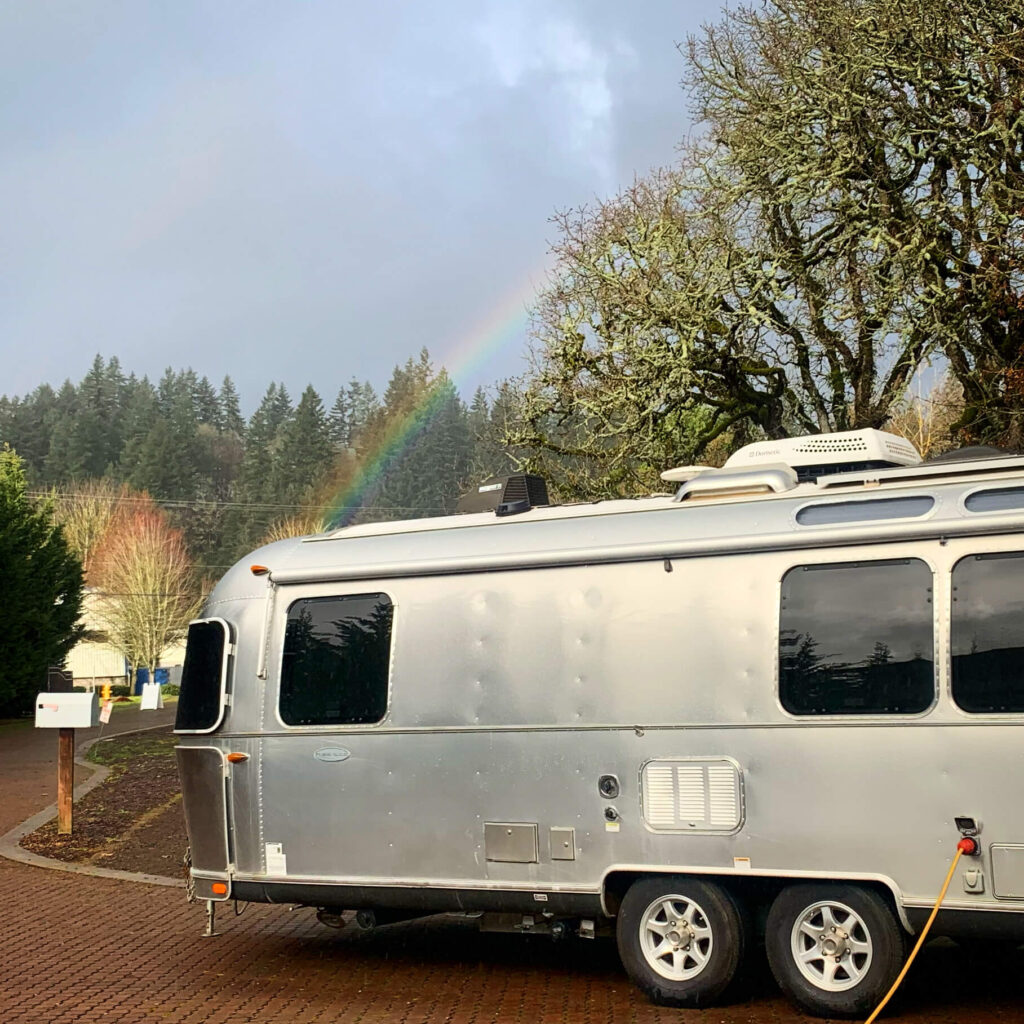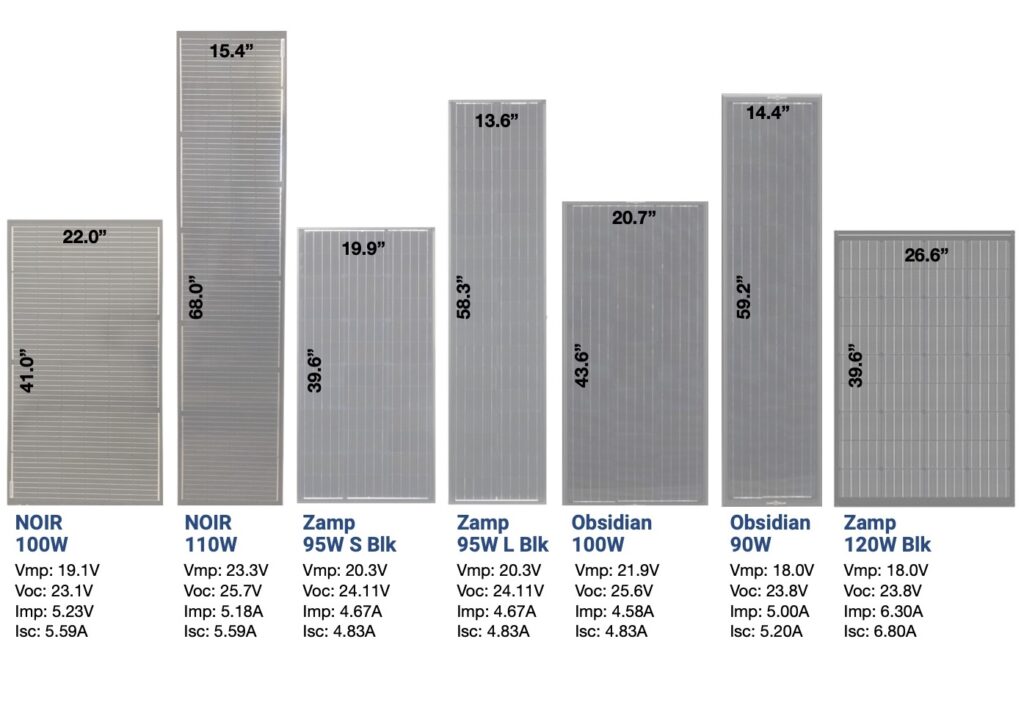As more people embrace the allure of the open road, the popularity of RV travel has surged. Among the key considerations for modern-day travelers is how to maintain an off-grid lifestyle while on the move. This is where the integration of solar solutions into RV systems comes into play. Utilizing solar power offers freedom and flexibility, especially for those seeking off-grid adventures. Here, we explore the world of solar-powered RV travel, focusing on maximizing efficiency and sustainability.
Understanding the Basics of Your RV Solar System
Before embarking on a solar-powered journey, it’s crucial to grasp the basics of your RV’s solar system. The system typically consists of solar panels, a charge controller, batteries, and an inverter. Solar panels on an RV roof capture sunlight and convert it into electricity. The charge controller regulates the flow of electricity, ensuring batteries are charged optimally without being overcharged. Batteries store this energy for use, and the inverter converts the stored DC power into AC power, suitable for running standard appliances.
An RV solar system harnesses the sun’s energy to provide electrical power for various uses within a recreational vehicle (RV). Understanding the basic components of this system is crucial for both installation and efficient operation. Here are the primary components:
- Solar Panels: These are the most visible part of the system. A solar panel system converts sunlight into electrical energy. They come in different sizes and types, such as monocrystalline and polycrystalline, each with varying efficiency levels. The number and size of panels you need depend on your RV’s power requirements and available roof space.
- Charge Controller: This device regulates the flow of electricity from the solar panels to the batteries. A solar controller ensures that batteries are charged at the correct voltage and prevents overcharging, which can damage the batteries. Two common types of charge controllers are Pulse Width Modulation (PWM) and Maximum Power Point Tracking (MPPT), with MPPT being more efficient but more expensive.
- Batteries: The RV battery bank stores the electricity generated by the solar panels for use when the sun is not shining. The most common types in RV solar systems are lead-acid (including AGM and gel) and lithium batteries. Lithium batteries are more expensive but offer longer lifespans, higher energy density, and better performance in a wide range of temperatures.
- Inverter: An inverter converts the DC (direct current) electricity stored in the batteries into AC (alternating current) electricity, which is required to power most standard appliances and electronics in an RV. Inverters come in different sizes, measured in watts, to match the power needs of your appliances.
- Wiring and Mounting Hardware: Proper wiring is essential to connect the solar panels, charge controller, batteries, and inverter. Additionally, mounting hardware is required to securely attach the solar panels to the RV’s roof.
- Monitoring System: Many modern RV solar systems include a battery monitoring system that allows you to track the performance of your solar setup, including how much power is being generated, used, and stored.
Understanding these components helps in the effective utilization of solar power for RV living, ensuring an independent source of energy while on the road.
Choosing the Right Solar Panels
Selecting the right solar panels is pivotal for efficiency. The number and size of panels you need depend on your energy consumption. It’s advisable to assess your energy needs accurately to make an informed decision.
When purchasing solar panels for your recreational vehicle (RV), several key factors need to be considered to ensure you select the most suitable system with maximum efficiency for your needs. Here are some critical aspects to look for:
- Type of Solar Panel: There are mainly two types of solar panels available for RVs: monocrystalline and polycrystalline. Monocrystalline panels are more efficient and perform better in low-light conditions, but they are also more expensive. Polycrystalline panels are more affordable, but slightly less efficient. Your choice will depend on your budget and energy needs.
- Efficiency: Solar panel efficiency indicates how effectively it can convert sunlight into electricity. Higher efficiency panels are usually more costly, but require less space to generate the same amount of power as lower efficiency panels. For RVs where roof space is limited, opting for solar panels with the highest efficiency is often a better choice.
- Size and Weight: The physical size and weight of the panels are critical, especially for an RV. You need to ensure that your RV’s roof can accommodate the size of the rigid solar panels or flexible solar panels and support their weight. Additionally, consider the total surface area available on your RV roof to determine how many panels it can accommodate.
- Durability and Warranty: Look for panels that are durable and can withstand the rigors of travel, including resistance to environmental factors like UV rays, wind, and rain. Also, check the warranty offered by the manufacturer. A longer warranty period can be indicative of the panel’s quality and the manufacturer’s confidence in their product.
- Power Output and Needs: Assess your power needs based on your typical energy consumption in the RV. This assessment will help you determine the total wattage you require from your solar panels. Remember, it’s always better to have a slight excess in capacity than to fall short. As a general rule of thumb, in the lower 48, 100W of solar will on average net 300Wh banked on an average solar day.
- Compatibility with Existing System: If you’re adding panels to an existing system, ensure that the new panels are compatible with your current setup in terms of voltage and connectivity.
- Cost: Finally, balance all the above factors with the cost. It’s important to invest in a system that meets your needs, but also fits within your budget. Keep in mind that investing in a more expensive, high-quality system could save you money in the long run due to its efficiency and durability.
Choosing the right solar panels for your RV involves careful consideration of type, efficiency, size, durability, power needs, compatibility, and cost. Proper research and planning will ensure you select a system that provides reliable and efficient energy for your travels.
Managing Energy Consumption
Effective energy management is key to maximizing your solar power system’s efficiency. Switching to LED lights, using energy-efficient appliances, and unplugging electronic devices when not in use can significantly reduce energy consumption. Additionally, being mindful of your usage, especially on days with limited sunlight and difficult weather conditions, ensures that your stored renewable energy lasts longer.
Upgrading Your Battery System
Your battery system is where the harvested solar energy is stored. Upgrading to lithium batteries, though more expensive, offers numerous advantages. They have a higher energy density, longer lifespan, and better performance at varying temperatures compared to traditional lead-acid batteries. This upgrade can dramatically increase the efficiency and reliability of your solar system.
Using a Solar Charge Controller Efficiently
A solar charge controller plays a critical role in protecting your batteries from overcharging. A maximum power point tracking (MPPT) charge controller is more efficient compared to a pulse width modulation (PWM) controller. The MPPT controller adjusts its input to deliver the maximum power possible to the batteries, enhancing overall system efficiency.
Monitoring and Adjusting Your System
Regular monitoring of your solar system helps in identifying and addressing any inefficiencies. Modern systems often include monitoring solutions that provide real-time data on energy production and consumption. Use this information to adjust your energy usage and maintain optimal system performance.
Planning for Weather and Seasonal Changes
Weather and seasonal changes can significantly impact the performance of your solar system. Plan your travels and energy usage according to the seasonal variations in sunlight availability. During winter months or in cloudy conditions without direct sunlight, energy generation might be lower, necessitating a more conservative approach to energy usage.
Staying Abreast of New Solar Technology
The field of solar technology is rapidly evolving. Staying informed about the latest advancements and upgrades can help you maintain an efficient system. This might involve adding more panels, upgrading your inverter, or incorporating new technologies as they become available.
Embrace the Off-Grid Journey with AM Solar
Solar-powered RV travel is not just about harnessing the sun’s power; it’s a commitment to independence and an off-grid lifestyle. By understanding and maximizing the efficiency of your RV solar system, you’re unlocking a new realm of freedom and adventure on the road. As solar technology continues to advance, the possibilities for efficient travel will only expand, making solar-powered adventures an increasingly attractive option for explorers worldwide. Whether you purchase one of our solar panel kits to install yourself or bring your RV to our shop for a custom installation, contact AM Solar for all your RV power needs.




